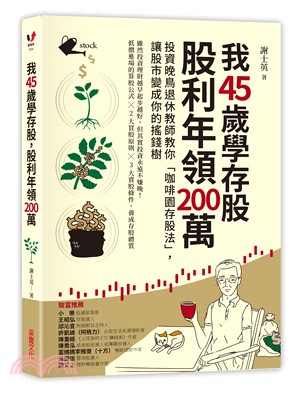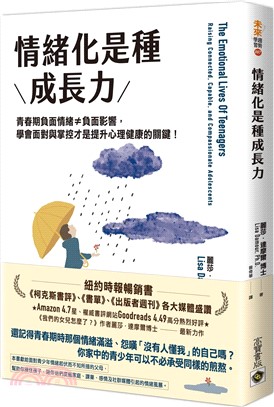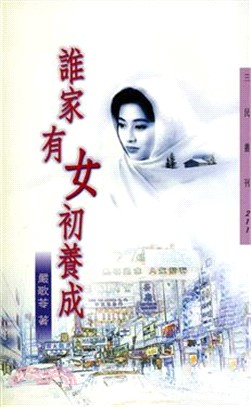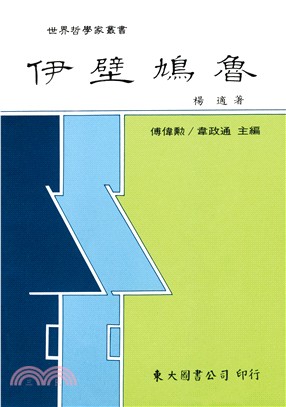商品簡介
This book addresses the puzzling paradox that eco-morphological mismatches occur frequently in an evolutionary process that very often leads to macroevolutionary trends and in which organisms are said to be optimally, or almost optimally 'designed' for the environments they inhabit. Organic Nonoptimal Constrained Evolution (ONCE) attempts to bridge the gap between internalists/externalists, Neo-Darwinists/Neo-Lamarckists, the ideas of authors such as Baldwin/Waddington/Goldschmidt, and current Evo-Devo thought including a physicalist framework and ideas on niche construction and epigenetic plasticity. This effort is based on an extensive compilation of empirical data obtained from different biological areas and a discussion of the broader theoretical microevolutionary and macroevolutionary ideas of authors such as Aristotle, Cuvier, Étienne and Isidore Geoffroy Saint-Hilaire, Darwin, Wallace, Lamarck, Baldwin, Osborn, Bateson, Waddington, Goldschmidt, Schmalhausen, Gould, Alberch, West-Eberhard, Newman, Müller, Galis, Wagner, Minelli, Pigliucci and Odling-Smee, among many others. Within ONCE, internal constraints and internal selection tend to decrease plasticity/hidden variation. In turn, homeostasis/canalization constrain adult phenotypes but tend to increase hidden variation so, together with epigenetic factors influenced by the external environment, confer plasticity that allows organisms to shift their behavior, for instance as a response to environmental changes. Due to behavioral persistence related to behavioral/ecological inheritance, organisms as diverse as bacteria, plants and animals help to construct their own niches and are thus the central, active players in their evolutionary history, as proposed in Baldwin's idea of Organic Selection. Darwin himself was very careful to distinguish phenomena that relate essentially to the behavioral choices of organisms and that thus are part of Baldwin's Organic selection, such as sexual selection, from his conception of natural selection, a crucial distinction that unfortunately was mainly forgotten by Neo-Darwinists. Externally influenced epigenetic phenomena explore physiological/behavioral/anatomical plasticity within the new niches that organisms helped to construct, and therefore help to direct evolution, as potentially do phenomena such as genetic drift. Darwinian natural (external) selection then comes into play as a secondary, but crucial, player, i.e. due to the organismal behavioral persistence the random mutations/epigenetic factors that happen to be advantageous within those constructed niches will be selected by the external environment, further directing evolution and increasing the match between behavior, phenotype, and that environment. This process can extend for long periods of time, leading to macroevolutionary trends and further increasing etho-eco-morphological optimality and potentially resulting in successful phenotypic overspecialization. However, behavioral persistence, loss of plasticity due to natural selection, genetic drift, overspecialization, and internal constraints can often make it difficult for the organisms to respond behaviorally and/or anatomically to new environmental changes, resulting in etho-ecological and/or eco-morphological mismatches and potentially in extinction. It is hoped that this book may have an impact in ideas used/discussed by researchers in fields such as evolutionary developmental biology, paleontology, evolutionary biology, comparative anatomy, ecomorphology and functional anatomy, ecology, and ethology, as it compiles a wide range of information that will be of interest to historians and philosophers of science and to students, teachers and researchers within fields of biological as well as biomedical sciences. Its main message is also of interest, and is highly appealing, to the broader public and media as well: that organisms, including humans, and in particular their behavior choices, are the key active players in evolution.
























